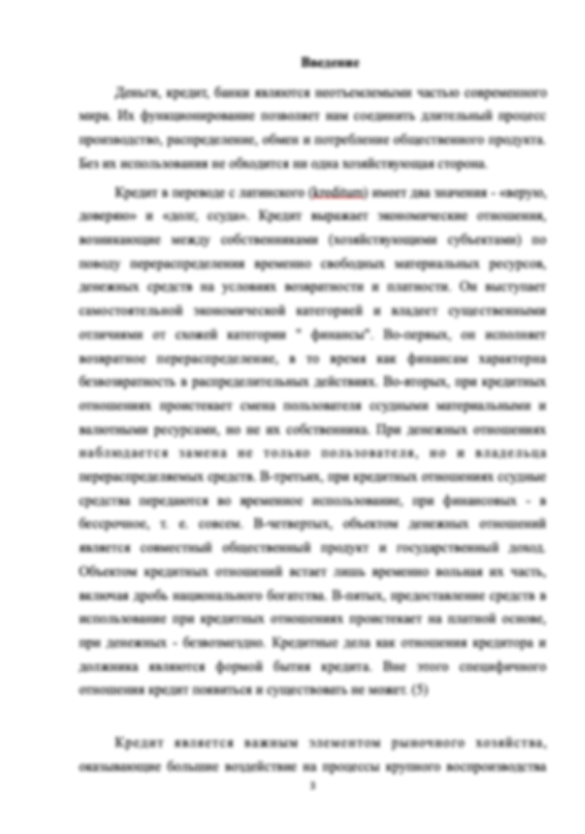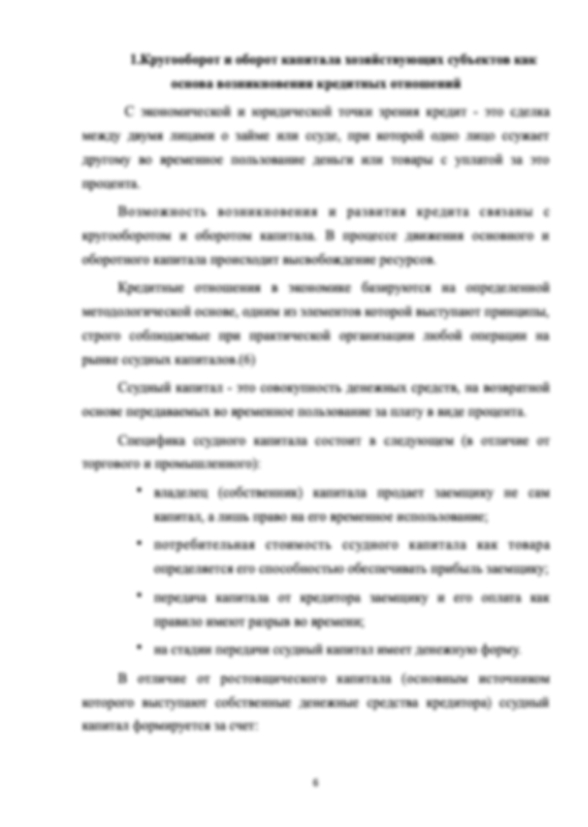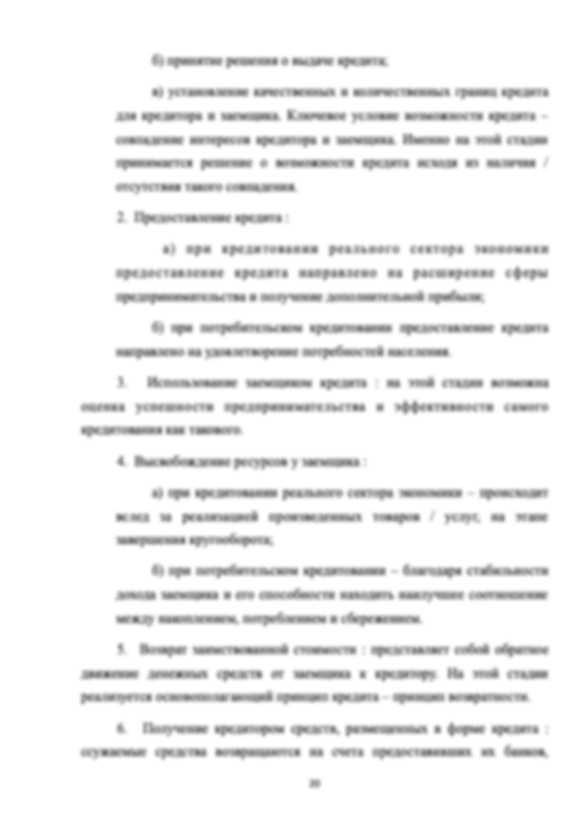Рекомендую автора. Работа сделана качественно и раньше срока. Спасибо.
Информация о работе
Подробнее о работе

Основные характеристики современных миграционных процессов в Европе
- 32 страниц
- 2011 год
- 154 просмотра
- 0 покупок
Гарантия сервиса Автор24
Уникальность не ниже 50%
Фрагменты работ
TABLE OF CONTENTS.
Introduction………………………………………………………………………...3
Chapter 1. Migration processes in the modern world 6
1.1. The definition of migration………………………………………………….6
1.2. Migration flows in the European Union……………………….…………...11
1.3. Migration policy of the European Union…………………………………..18
Chapter 2. Migration processes in France. 23
2.1. The history of immigration in France ………………………………….......23
2.2. Immigration flows to France and current immigration policy 25
Conclusion..…………………………………………………………………….....29
Bibliography………………………………………………………………………30
1.1. The definition of migration.
Migration is the movement of people from one place in the world to another for the purpose of taking up permanent or semi permanent residence, usually across a political boundary. People can either choose to move (“voluntary migration”) or be forced to move (“involuntary migration”).
Migration occurs at a variety of scales: intercontinental (between continents), intracontinental (between countries on a given continent), and interregional (within countries). One of the most significant migration patterns has been rural to urban migration—the movement of people from the countryside to cities in search of opportunities.
But there is a lack of universally accepted definitions in the area of international migration. Definitions in this area are often vague, controversial or contradictory. This stems to some extent from the fact that migration is a phenomenon which has traditionally been addressed at the national level.
...
1.2 Migration flows in the European Union.
Europe was basically an area of migration, its whole history being punctuated by the tremendous intermixing of peoples, sometimes slowly, sometimes suddenly, either violently or peacefully.
Nevertheless, migration after the Middle Ages developed some particular features in response to the formation of increasingly powerful states and the emergence of nationalism. Moreover, this phenomenon took on unprecedented dimensions in the 19th century with the advent of steam ships and railways which permitted mass transportation over great distances in much less time. Thus Europe became an area of emigration (especially towards America). But this was also the era when internal migration (the flight from the land) and temporary migration reached their height.
...
1.3 Migration policy of the European Union.
There are series of policy dilemmas in the EU. They can be divided into four categories: dilemmas of, respectively, labour migration policy; migration control policy; asylum and protection systems; and integration policies.
Labour migration. In many countries there is a serious conflict between the economic and demographic case for expanded labour migration, and public resistance to increased migration. European states have dealt with this problem in different ways. In most cases, governments have been able to introduce liberalising legislation or programs. Most of these have been for high-skilled and skilled migrants, in the form of points systems, streamlined procedures for recruitment in particular sectors or occupations, or facilitating labour market access for foreign graduates.
...
2.1 The history of immigration in France.
The immigration situation in France has been strongly influenced to the present day by the legacy of colonialism of earlier centuries as well as the long tradition of recruiting foreign workers. Overall, there has been a steady increase in immigration over the last century, and this has had a strong impact on the nature of French society. Although immigration has been regarded as a success story in economic terms, in the past three decades it has increasingly been perceived as the root of social problems. The success of extreme right-wing parties in elections makes this as readily apparent as the unrest that flares up time and again in the suburbs. As a result, integration policy in recent years has moved towards the centre of public attention.
France has a long history of immigration.
...
2.2. Immigration flows to France and current immigration policy.
Despite its restrictive immigration policy, immigration to France has risen constantly in recent years. The predominant form of immigration is family reunification, followed by migration for reasons of education and labour migration.
According to figures available to date, there has been no significant increase in legal and permanent immigration to France from Eastern Europe resulting from the expansion of the EU. In 2004, jointly with the majority of EU states, France had initially restricted the free movement of workers from Eastern Europe. Since the 1st May 2006, citizens of Estonia, Latvia, Lithuania, Poland, Slovenia, Slovakia, the Czech Republic and Hungary have been given easier access to the labour market in France if they work in certain economic sectors. In total, this concerns 61 professions in the hotel and catering industry, the food industry, the building trade, in agriculture and in commerce.
...
Conclusion.
Migration has become a major global phenomenon in recent decades. As well as permanent migrants and their families there are seasonal and temporary workers, frontier workers, illegal immigrants and asylum seekers.
In Europe the long established migration patterns from ex‑colonies to the UK and France, and of Turks to Germany, has been supplemented by new flows into the traditional countries of emigration such as Italy, Spain and Portugal. At the same time the political changes in Central and Eastern Europe have created new and substantial immigration pressures upon the Community.
International migration plays an increasing role in most EU member-states. Immigration brings both economic and social opportunities and challenges to countries receiving immigrants. At the same time, immigration is now at the forefront of European and national policy agendas.
Immigration in France has been a relevant political dimension in France’s agenda in recent years.
...
Bibliography.
1. Council of the European Union, European Pact on Immigration and Asylum, 24 September 2008, 13440/08, http://www.unhcr.org/refworld/docid/48fc40b62.html [accessed 11 March 2011].
2. International migration convention. – http://www.unesco.org/ new/en/social-and-human-sciences/themes/social-transformations/international-migration/international-migration-convention/
3. The Universal Declaration of Human Rights. – http://www.un.org/en/documents/udhr/
1. Anne Herm, Recent migration trends: citizens of EU-27 member-states become ever more mobile while EU remains attractive to non-EU citizens/ Anne Herm. – Eurostat.- № 98. – 2008. – 12p.
2. Ben Hall, Immigration in the European Union: problem or solution?/ Ben Hall. – OECD Observer. - № 221-222. – 2000. - http://www.oecdobserver.org/news/fullstory.php/aid/337/
3. Christina Boswell, Migration in Europe/ Christina Boswell. – Global commission on international migration. – 2005. - http://www.iom.int/ jahia/webdav/site/myjahiasite/shared/shared/mainsite/policy_and_research/gcim/rs/RS4.pdf
4. Criminalisation of migration in Europe: human rights implications. – Commissioner for human rights issue paper. – 2009. – 53 p. - http://oppenheimer.mcgill.ca/IMG/pdf/CoE-hamm-criminalisation-of-migration.pdf
5. Danielle Leclercq, Migration flows in 20th century Europe. – Strasbourg. – 1999. - http://www.coe.int/t/dg4/education/historyteaching/ Source/Projects/DocumentsTwentyCentury/PopulationSeminarReport_en.pdf
6. Gaynor I. Jacobson, The international migration factor: causes and consequences/ Gaynor I. Jacobson. – New York. – 2006. – 167 p.
7. Heinz Fassmann, Joseph Kohlbacher, Ursula Reeger, International Migration and its regulation. – Austrian Academy of Science. – 2005. – 66 p.
8. International migration and human rights. – Publication of the global migration group. – 2008. – 144 p. – http://www.globalmigrationgroup.org/uploads/ documents/Int_Migration_Human_Rights.pdf
9. International migration report 2002. – New York: United Nations – 2002. – 74 p. – http://www.un.org/esa/ population/publications/ ittmig2002/2002ITTMIGTEXT22-11.pdf
10. Marcus Engler, Focus migration: France/ Marcus Engler. – 2008. - http://focus-migration.hwwi.de/France.1231.0.html?&L=1
11. Maria Teresa Bia, Towards an EU immigration policy: between emerging supranational principals and national concerns/ Maria Teresa Bia. – European Diversity and autonomy papers. – 2004. - http://aei.pitt.edu/6159/1/2004_edap02.pdf
12. Michael Poulain, European migration statistics: definitions, data and challenges. – Berlin/ New York – 2008. – 21 p. - http://www.poliglotti4.eu/docs/publications/Poulain%202008%20European%20migration%20statitstics%20definitions,%20data%20and%20challenges.pdf
13. Migration in the European Union: the coming hordes. – The Economist. – January 15th. – 2004. - http://www.economist.com/node/2352862
14. Peder J. Pederson, EU enlargement: migration flows from Central and Eastern Europe into the Nordic countries – exploiting the natural experience/ Peder J. Pederson. – University of Aarhus. – 2008. – 41 p.
15. Presidency Conclusions — Seville, 21 and 22 June 2002 http://ec.europa.eu/research/era/docs/en/council-eu-29.pdf
16. Robert Rowthorn, The economic impact of immigration. – London. – 2004. – 14 p.
17. Sergio Carrera, Labour immigration policy in the EU: a renewed agenda for Europe 2020. – CEPS policy brief. - № 240. – 2011. – 15 c.
18. Tom Bentley, Theo Veenkamp, Alessandra Buonfino, People flow: migration and Europe. – Open Democracy – 2003. - http://www.opendemocracy.net/people-migrationeurope/article_1194.jsp
19. Trends in international migration. – Annual report – Organisation for economic cooperation and development. – 2001. – 77 p. – http://www.oecd.org/dataoecd/23/41/2508596.pdf
20. Virginie Guiraudon, Immigration policy in france/ Virginie Guiraudon. – U.S.-France analysis. – 2002. - http://www.unc.edu/depts/europe/francophone/brookings_immig.pdf
Форма заказа новой работы
Не подошла эта работа?
Закажи новую работу, сделанную по твоим требованиям


